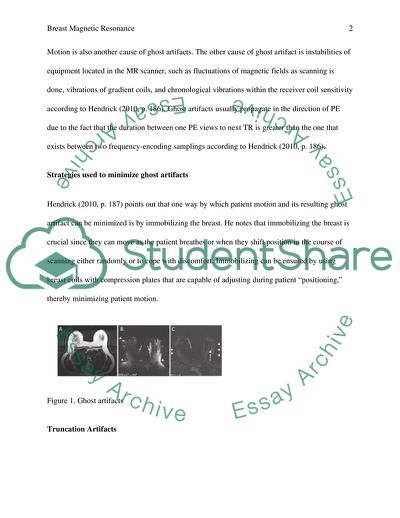Cite this document
(Breast Magnetic Resonance Report Example | Topics and Well Written Essays - 2000 words - 2, n.d.)
Breast Magnetic Resonance Report Example | Topics and Well Written Essays - 2000 words - 2. https://studentshare.org/health-sciences-medicine/1781264-breast-magnetic-resonance
Breast Magnetic Resonance Report Example | Topics and Well Written Essays - 2000 words - 2. https://studentshare.org/health-sciences-medicine/1781264-breast-magnetic-resonance
(Breast Magnetic Resonance Report Example | Topics and Well Written Essays - 2000 Words - 2)
Breast Magnetic Resonance Report Example | Topics and Well Written Essays - 2000 Words - 2. https://studentshare.org/health-sciences-medicine/1781264-breast-magnetic-resonance.
Breast Magnetic Resonance Report Example | Topics and Well Written Essays - 2000 Words - 2. https://studentshare.org/health-sciences-medicine/1781264-breast-magnetic-resonance.
“Breast Magnetic Resonance Report Example | Topics and Well Written Essays - 2000 Words - 2”. https://studentshare.org/health-sciences-medicine/1781264-breast-magnetic-resonance.


